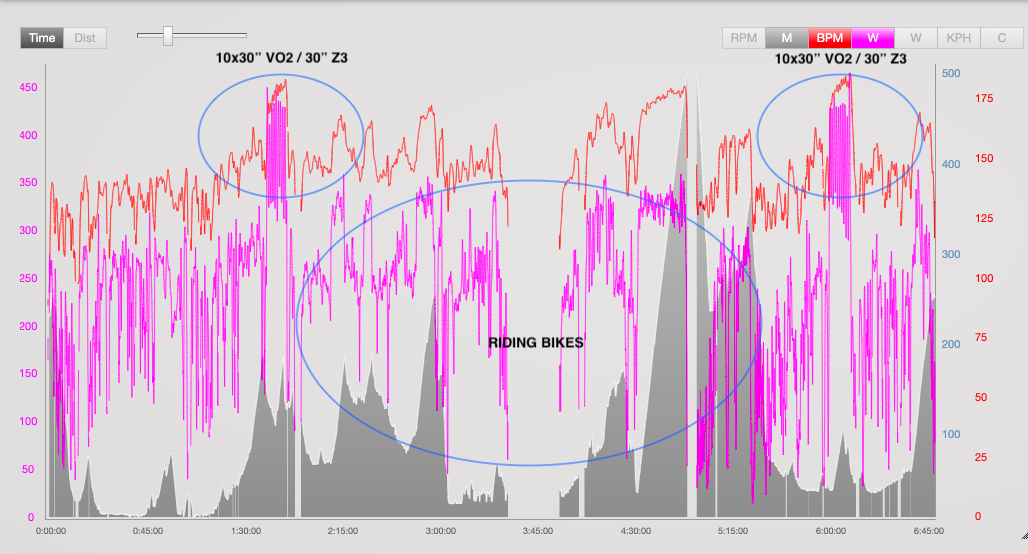What kind of cyclists do I think should do sprint work in the winter? Trick question, I think all cyclists should sprint work in the winter. Yeah, pretty good joke one could say. On to the meat of the matter, I think sometimes we get hung up on nomenclature and let that dictate training more than it should. The word sprint may conjure up the image of a mad dash to the finish line of a race, totally maximal, road bikes, speed, etc, etc. Immediately a bunch of cyclists are saying, “that’s not something I do, so I shouldn’t do sprint work, that’s not for me”. On a simple level when I think of a “sprint”, all I think of is a short, hard, burst – it doesn’t have anything to do with charging for a finish line, it doesn’t need to be specific – except for perhaps in duration. So to add one more parameter, let’s call it less than 20 seconds. Definitely there’s some folks out there that don’t like 20 seconds and want to say a sprint is below 12 seconds – as the basic physiology lessons are that we start to cross over into a different energy system after 12 seconds of maximal effort at the latest – and it may be shorter depending on the CP stores on hand in the specific context. Whew, good run on sentence. For the specific workout I want to talk about today, I like doing twenty second efforts, and I think (anecdotally if nothing else) there is benefit in doing these 20 second efforts, as they make it that bit longer than most people really feel good sprinting – probably largely in part due to that switch over of energy systems in the back half.
Read More



















